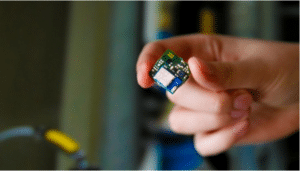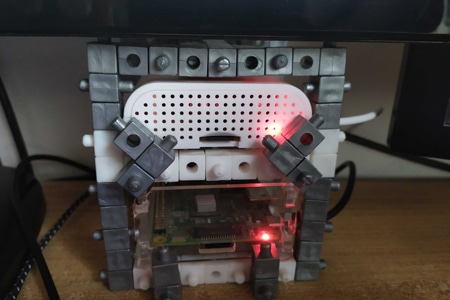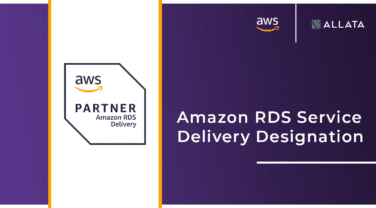With Raspberry Pi’s around the corner, everyone can have a server or even a cluster at home, and the possibility to create our own solution to automate our world. Generally, we would start by deploying a tool and configuring it. But eventually, we would need it to be fault-tolerant, highly available with short spans between releases, and obviously up to date and secure.
In addition to powerful SBC (Single Board Computers) the size of a credit card, today’s IoT sensors are also cheaper and available for the price of a beer, and they have brought along the democratization of IoT hardware. This will allow you to apply solutions that used to be available only for big automated factories.
DevOps has proven that automation in the software delivery process has been a game-changer. pushing ideas to come to production without delay. Changes happen, everywhere, at every moment, and DevOps practices are there to help Build, Configure, Deploy, and Measure your software and users.
Here we give you some common practices that could improve your world when dealing with IoT:
Build pipelines
Pipelines are a wonderful thing. They allow you to forget about repetitive tasks, and never again worry about mistakes.

Dockerize the ***** out of it.
Don’t deal with multiple configurations or settings that you won’t be able to reproduce in the future. Remember, systems will inevitably crash and the last thing you want to do when that happens is trying to remember what and how you did it last time.
Automate some tests around your builds and deployments
Moreover, by dockerizing and pipelining your code, you can create tests that could trigger alarms. This way, issues can be dealt with before moving to production environments. You don’t want to find out something went wrong when you’re at your front gate, in the pouring rain, and it won’t open.
Use Kubernetes
With solutions like k3s available, you can handle all the complexity of your IoT model (Cloud, OnPrem, or Hybrid) the same way software companies are doing with their IT departments, in a very simple manner. Deploy a Kubernetes solution into your Edge devices, package your software stack into Helm, and you’re ready to handle all those IoT sensors you have connected.
DevOps practices can improve your life and your business: IoTOps is the solution. Follow us on our Social Media and take your seat on our Telegram channel.
This publication was co-authored with Juan Pablo Caivano.




